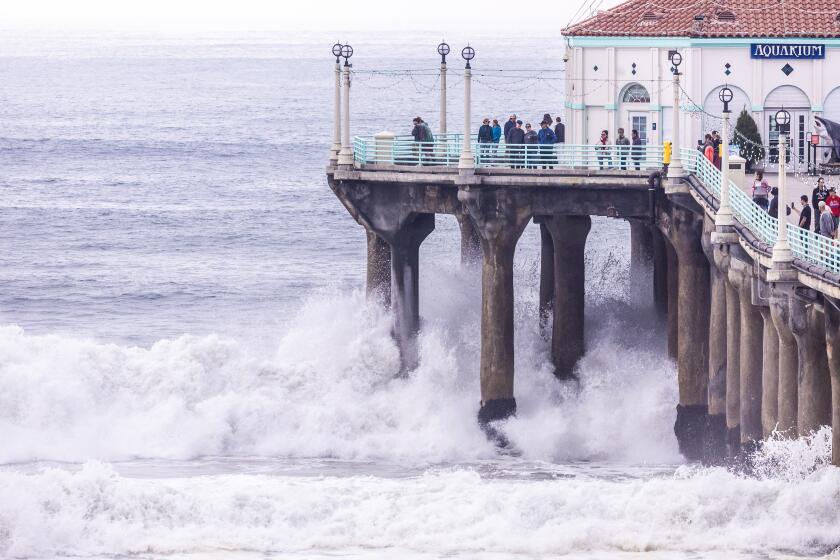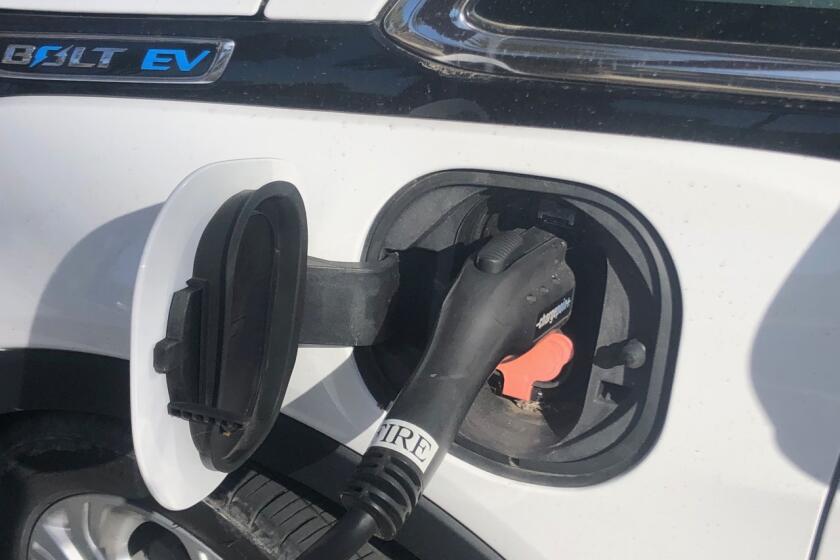Tony Briscoe is an environmental reporter with the Los Angeles Times. His coverage focuses on the intersection of air quality and environmental health. Prior to joining The Times, Briscoe was an investigative reporter for ProPublica in Chicago and an environmental beat reporter at the Chicago Tribune. Briscoe was the recipient of the Peter Lisagor Award for best science and environmental reporting in Chicago in 2019 and 2020. A graduate of Michigan State University, he began his career as a breaking news reporter at the Detroit News.
Latest From This Author
In his first day as the 47th U.S. president, Donald Trump took action to reverse many of the Biden administration’s efforts to move the country toward a green-energy economy.
Un médico neumólogo advierte a los supervivientes que esperen, si pueden, para visitar sus casas dañadas por el fuego. Si entran en una zona quemada, deben tomar precauciones.
A pulmonary doctor is warning survivors to wait, if they can, to visit their fire-damaged homes. If they do go into a burn zone, they should take precautions.
In the days after the devastating wildfires, air monitors recorded some of the highest levels of air pollution in recent years, coinciding with a surge in hospital visits.
On Friday, the South Coast Air Quality Management District issued a smoke advisory for the fourth consecutive day, largely due to the elevated levels of unhealthful pollution billowing from the Eaton fire in Altadena.
The wildfires burning across LA are also degrading the air quality across the region. The resulting air pollution is a serious health threat, especially for children, pregnant people, older adults, and those with preexisting conditions.
Texas-based Waste Connections Inc. has notified Los Angeles County that New Year’s Eve would be Chiquita Canyon’s final day for accepting solid waste.
Authorities suspended the search for two fishermen who disappeared near San Pedro.
Powerful waves are expected to batter California again following a flurry of earlier storms that destroyed a portion of a historic pier.
Under the Clean Air Act, California can adopt more stringent vehicle emission requirements than the federal government, but must obtain a waiver from the EPA.









